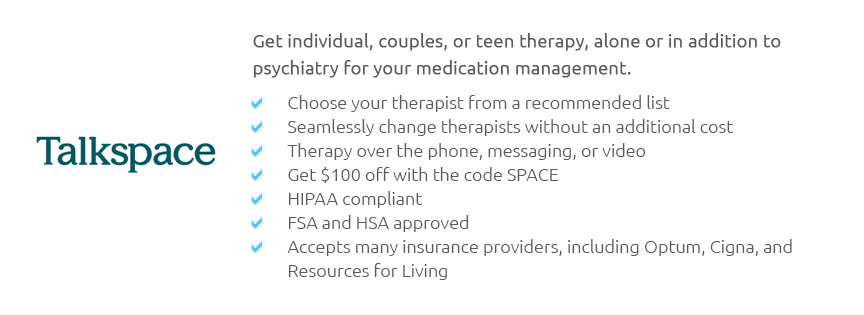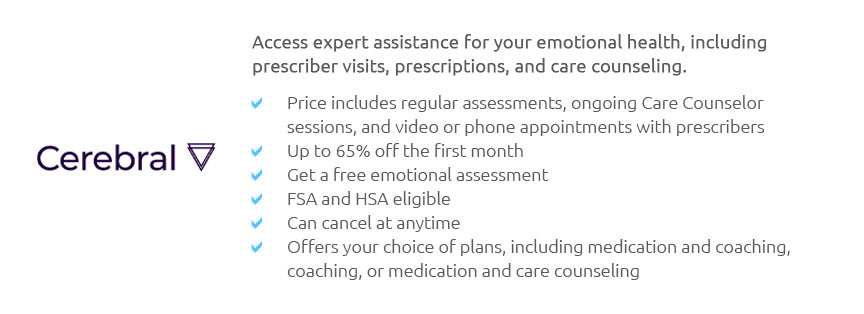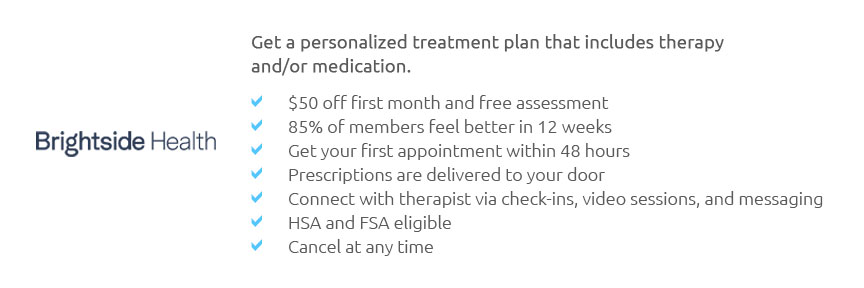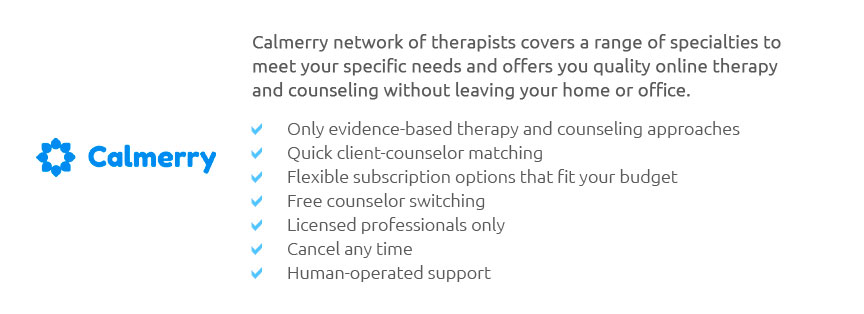 |
 |
 |
|---|
 |
 |
|---|
 |
|
|---|---|
 |
 |
 |
 |
 |
 |
 |
 |
 |
 |
 |
 |
 |
 |
 |
 |
|---|
How to Start a Therapy Session: A Comprehensive GuideBeginning a therapy session effectively is crucial for setting the tone and establishing a productive environment. This guide will help therapists and clients alike understand the key elements involved in starting a therapy session. Preparing for the SessionSetting the EnvironmentAn inviting and comfortable environment is essential. Make sure the space is clean, well-lit, and free from distractions. This can help clients feel more at ease. Gathering Necessary MaterialsEnsure that you have all the necessary materials, such as notes from previous sessions, assessment tools, and any forms or documents needed for the session. Beginning the SessionEstablishing RapportStart with small talk to help the client feel comfortable. This could include asking about their week or any recent events. The goal is to build trust and open communication. Setting the AgendaDiscuss what the client hopes to achieve in the session. This can include short-term goals and any specific issues they want to address. Clearly setting an agenda helps focus the session and manage time effectively. Effective Communication TechniquesActive ListeningActive listening involves fully concentrating, understanding, and responding to the client. This technique encourages the client to express their thoughts and feelings openly. Empathy and ValidationEmpathizing with the client and validating their feelings can strengthen the therapeutic relationship. This makes the client feel heard and understood. Common Challenges and SolutionsEvery session may present unique challenges. Here are some common ones and how to address them:
Resources for Further LearningFor those interested in exploring therapy options in different locations, consider looking into couples therapy springfield mo or the therapy place atlantic iowa to find suitable services. FAQWhat should I do if my client is unresponsive at the start?If a client is unresponsive, try using open-ended questions to encourage them to share their thoughts. Be patient and give them time to open up. How can I make the client feel more comfortable?Create a welcoming environment, use a warm tone, and show genuine interest in their well-being. These steps can help in making the client feel more comfortable. https://positivepsychology.com/counseling-session/
Performing an intake session - Reviewing client intake forms - Using active listening skills - Asking open-ended questions - Being mindful of your ... https://www.advekit.com/blogs/3-best-ways-to-start-a-therapy-session
Here are some of the best ways to start a therapy session, whether with a brand new client or one with whom you've already established a healthy therapeutic ... https://www.psychologytoday.com/us/blog/how-to-do-life/201404/how-i-begin-and-end-a-counseling-session
1. I read my notes from the client's previous session(s.) That way, the client is fresh in my mind. 2. If I'm not in great spirits, as I'm walking downstairs ...
|
|---|